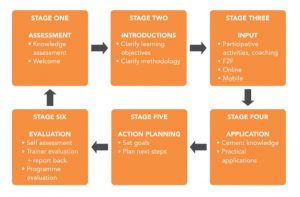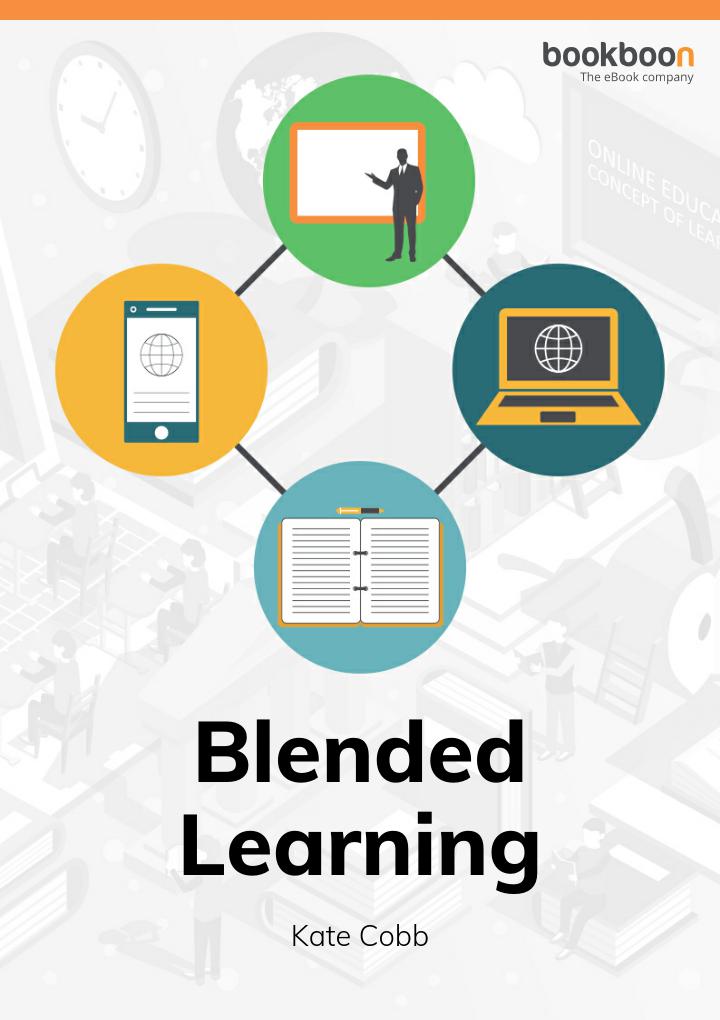Blended Learning: Getting Your Learning Mix Right

Whether you are from the generation of rewarding good grades with scratch and sniff stickers, saving on actual floppy disks (Is that what that icon on my desktop is?) or wheeling TV’s into the classroom, at some point, many of us look back on the weird ways that we learned in school. Cue Blended Learning.
Learning Shouldn’t Stop When School Does
Just because a lot of us aren’t in school anymore doesn’t mean we should stop learning. In fact, according to careers coach, John Lees, more people are switching jobs or roles in their 50’s than ever before, which requires a lot of learning. The demands of the business world have changed and become more insistent on constantly adapting our skills. It makes the idea that expensive, time-consuming face-to-face teaching being the only way to learn increasingly questionable. This is when Kate Cobb comes in with her eBook Blended Learning.
What is Blended Learning?
The term seems to be thrown around more frequently in the business world as of late, however blended learning isn’t a new subject. We first started to hear about it in the late 1990’s but blended learning and finding the right learning mix for you is more important than ever. What that means is finding a blend between ‘e-learning’ and ‘traditional’ approaches. Blended learning combines methods, techniques or resources from many different learning methods and applies them in an interactive learning environment.
Benefits of Blended Learning
- You can study the content when it works for you
- You can work at your own pace
- You will experience different learning tools
- You will use the internet which most of us use at work and home anyway
- You can find a balance between face to face and individual work
- It will give you the time to explore a topic, do some research and mull over the results
- It’s solutions-focused rather than problems-focused
Introducing Blended Learning
Cobb tells us that like all forms of learning, blended learning follows a cyclical process. The framework below is a multi-stage solution to learning challenges. The Six Stages of introducing blended learning:
The next step is finding out how you will choose the right components for the right effect. In other words, how do you blend your learning so that the outcomes are the most effective you could hope for from the point of view of the learner? A complicated sounding question, but the answer is quite simple: you create your own learning mix.
Getting Your Learning Mix Right
When you are building your blend you will need to consider three aspects. You will need to decide:
- What your learning objectives for the programme are. Do you want your team to increase their soft skills? Brush up on their Photoshop knowledge? Or even work on a new language?
- How the training will be assessed and evaluated. How long does your team have to finish their learning? Will there be a quiz at the end? Will you run in-person workshops to accompany their e-learning?
- How value will be added to yourself or your business by the programme. What do you want to achieve through blended learning?







